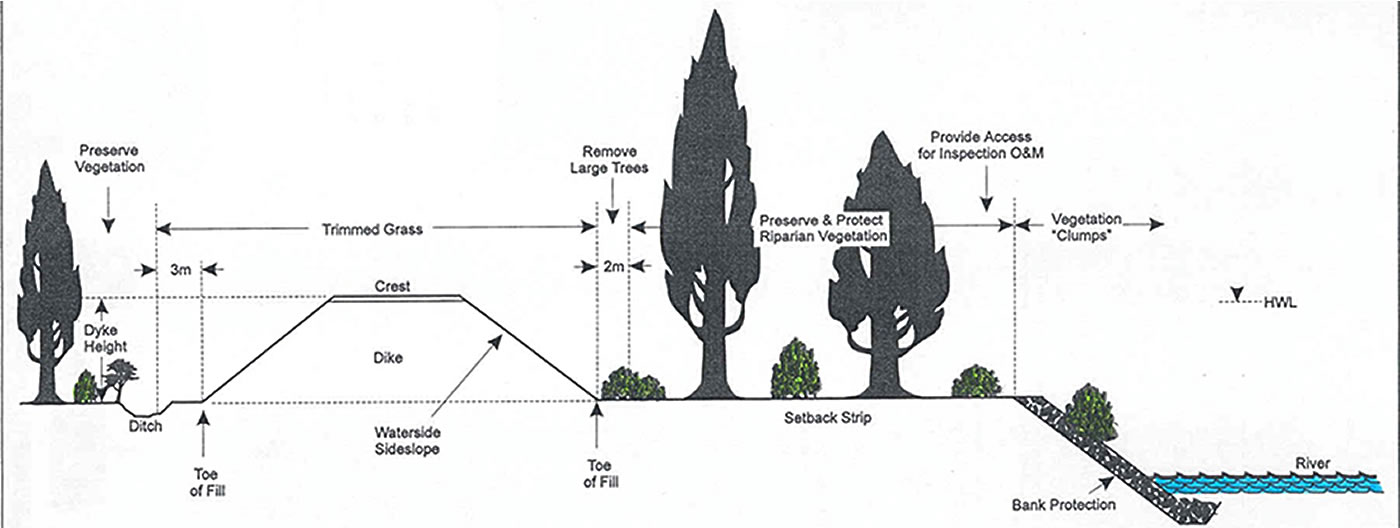Dike design and construction guidelines
Good dike design practice involves a variety of activities, each aimed at ensuring that the new, repaired, upgraded or changed works are constructed to an appropriate standard.
The following guide has been developed to present basic principles used in the design and construction of dikes. The guidelines discuss sound engineering practices and help to address issues that a design professional may typically encounter.
Sea dikes
This document provides guidelines for the design of sea dikes to protect low lying lands that are exposed to coastal flood hazards arising from their exposure to the sea and to expected sea level rise due to climate change. The guide is for information only, and does not represent official B.C. Government policy.
Earthquake
This document provides guidance and information for qualified professionals to consider when conducting seismic designs of high-consequence dikes located in southwestern British Columbia.
Erosion
This guide discusses the design and construction of protective works to prevent erosion of river banks and dike slopes from stream flow.
Vegetation
These guidelines present minimum standards for managing vegetation on flood control structures in a manner that protects public and environmental safety.
Vegetation management for a set-back dike.
Flood profiles and scenarios
Hydraulic modelling is used to generate flood profiles and flood scenarios. The B.C. Government uses these profiles and scenarios in dike engineering and land use planning.
All construction of new dikes and changes to existing dikes must be approved by the Province of B.C. under the Dike Maintenance Act.
Information on a range of tools that can be used as part of a sea level rise adaptation strategy:
Important information bulletin for diking authorities and engineers undertaking or planning for the seismic design of dikes:
Contact information
For more information about the Dike Safety Program, please contact the deputy inspector of dikes in your area.

